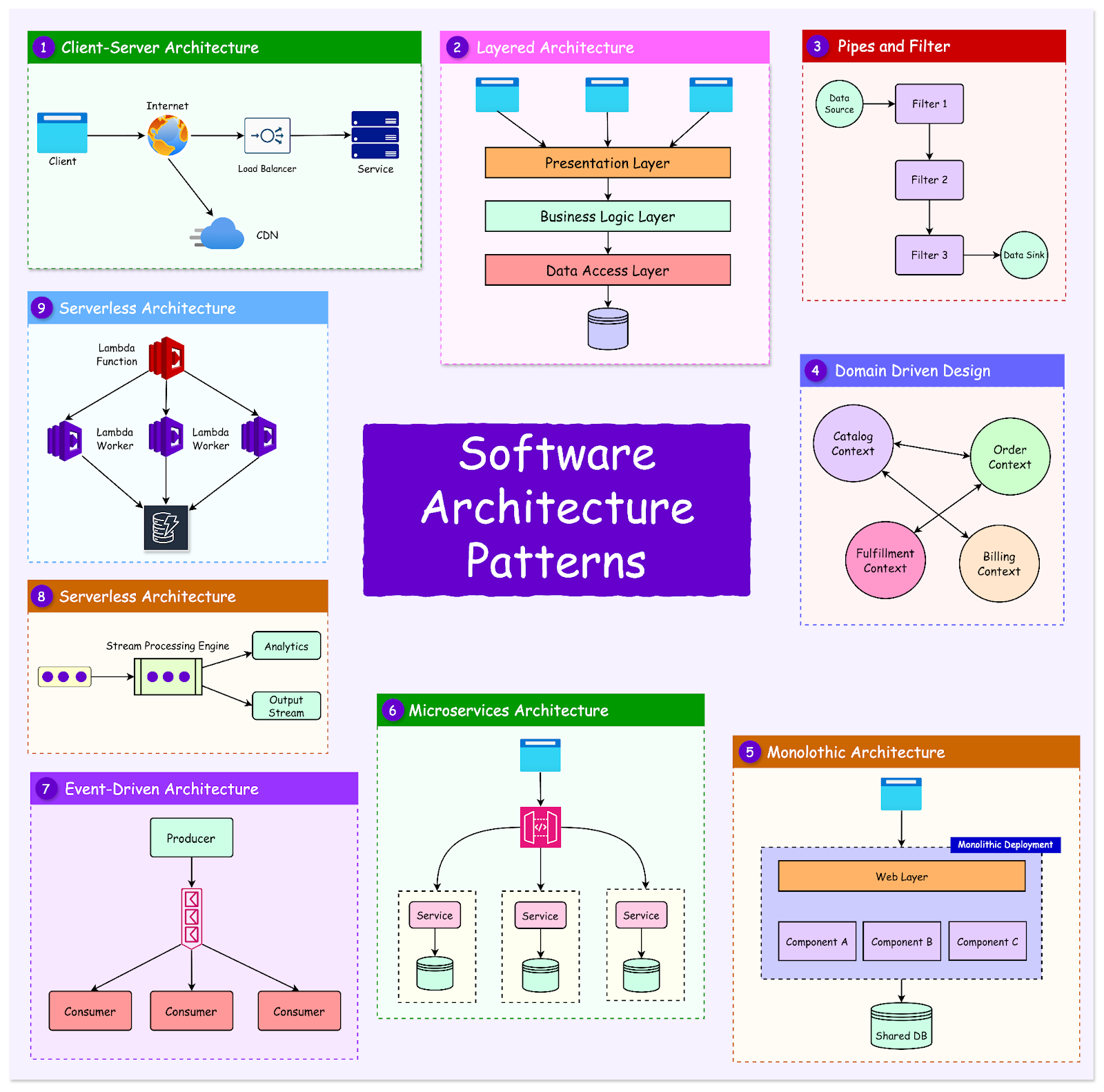- Mailing Lists
- in
- Software Architecture Patterns
Archives
- By thread 5360
-
By date
- June 2021 10
- July 2021 6
- August 2021 20
- September 2021 21
- October 2021 48
- November 2021 40
- December 2021 23
- January 2022 46
- February 2022 80
- March 2022 109
- April 2022 100
- May 2022 97
- June 2022 105
- July 2022 82
- August 2022 95
- September 2022 103
- October 2022 117
- November 2022 115
- December 2022 102
- January 2023 88
- February 2023 90
- March 2023 116
- April 2023 97
- May 2023 159
- June 2023 145
- July 2023 120
- August 2023 90
- September 2023 102
- October 2023 106
- November 2023 100
- December 2023 74
- January 2024 75
- February 2024 75
- March 2024 78
- April 2024 74
- May 2024 108
- June 2024 98
- July 2024 116
- August 2024 134
- September 2024 130
- October 2024 141
- November 2024 171
- December 2024 115
- January 2025 216
- February 2025 140
- March 2025 220
- April 2025 233
- May 2025 239
- June 2025 303
- July 2025 173
Re: Product Order
A human-centric approach to CEO leadership, board–CEO collaboration, inclusive care for people with disabilities, and more highlights
Software Architecture Patterns
Software Architecture Patterns
Software architects often encounter similar goals and problems repeatedly throughout their careers. These challenges can arise within a single project, across multiple projects within a company, or even throughout an architect's career. Architectural patterns provide a systematic approach to solving these recurring design issues. In essence, architectural patterns are reusable approaches to building software that address common design challenges. These patterns capture the core design structures of various systems and software elements, allowing them to be reused across different projects and scenarios. Some key benefits of knowing about architectural patterns are as follows:
In this post, we’ll look at the most popular software architecture patterns used by developers and architects across organizations and systems. Client-Server PatternClient-server architecture is a widely used model for network communication, where a client (user or application) sends requests to a server, and the server responds with the requested data or service. This architecture can be implemented on a single machine or across different machines connected through a network. See the diagram below for a typical client-server setup...  Unlock this post for free, courtesy of Alex Xu.© 2024 ByteByteGo |
by "ByteByteGo" <bytebytego@substack.com> - 11:37 - 26 Sep 2024
